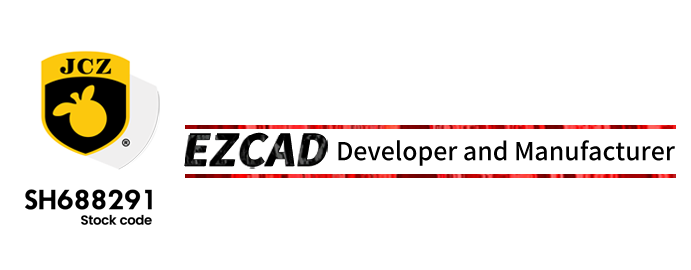
Laser marking machines and laser engraving machines are both devices that utilize laser technology for processing, but they have some key differences in applications and principles of operation. Here are their main differences:
1. Application Areas:
Laser Marking Machines: Primarily used for marking or engraving the surface of products, such as text, graphics, barcodes, etc. Typically applied in industries with high requirements for identification and traceability, such as electronics, medical, automotive, etc.
Laser Engraving Machines: Used to carve depth into different material surfaces, achieving more profound processing. Commonly employed for engraving artworks, crafts, wood, leather, and other materials.
2. Working Principles:
Laser Marking Machines: Mainly involves using a laser beam to mark the surface of the workpiece. Through the laser's irradiation, the material surface undergoes chemical or physical changes, forming a mark.
Laser Engraving Machines: Controls the movement of the laser beam on the material surface, causing the removal or evaporation of material to create deep engraving. Different depths of engraving can be achieved by adjusting laser power and speed.
3. Processing Speed:
Laser Marking Machines: Typically operate at a faster speed because they mainly perform surface marking and do not require deep engraving.
Laser Engraving Machines: Due to the need to create deep marks on the material surface, the working speed is relatively slower.
Laser Marking Machines: Typically operate at a faster speed because they mainly perform surface marking and do not require deep engraving.
Laser Engraving Machines: Due to the need to create deep marks on the material surface, the working speed is relatively slower.
4. Accuracy and Resolution:
Laser Marking Machines: Usually, they have high accuracy and resolution, suitable for applications requiring precise marking.
Laser Engraving Machines: Similarly possess high accuracy, but the resolution requirements may not be as high as those for laser marking machines.
5. Material Applicability:
Laser Marking Machines: Applicable to various materials, including metals, plastics, ceramics, etc.
Laser Engraving Machines: Also suitable for multiple materials, but more commonly used for non-metal materials like wood, leather, glass, etc.
In conclusion, laser marking machines are primarily used for marking and traceability, while laser engraving machines are more suitable for applications requiring deep engraving and processing. Choosing the right device should be based on specific processing needs and the type of materials involved. Laser technology demonstrates remarkable versatility and flexibility, meeting diverse requirements in the manufacturing industry.
and laser engraving machines are both devices that utilize laser technology for processing, but they have some key differences in applications and principles of operation. Here are their main differences:
Laser Marking Machines: Primarily used for marking or engraving the surface of products, such as text, graphics, barcodes, etc. Typically applied in industries with high requirements for identification and traceability, such as electronics, medical, automotive, etc.
Laser Engraving Machines: Used to carve depth into different material surfaces, achieving more profound processing. Commonly employed for engraving artworks, crafts, wood, leather, and other materials.

2. Working Principles:
Laser Marking Machines: Mainly involves using a laser beam to mark the surface of the workpiece. Through the laser's irradiation, the material surface undergoes chemical or physical changes, forming a mark.
Laser Engraving Machines: Controls the movement of the laser beam on the material surface, causing the removal or evaporation of material to create deep engraving. Different depths of engraving can be achieved by adjusting laser power and speed.
3. Processing Speed:
Laser Marking Machines: Typically operate at a faster speed because they mainly perform surface marking and do not require deep engraving.
Laser Engraving Machines: Due to the need to create deep marks on the material surface, the working speed is relatively slower.
4. Accuracy and Resolution:
Laser Marking Machines: Usually, they have high accuracy and resolution, suitable for applications requiring precise marking.
Laser Engraving Machines: Similarly possess high accuracy, but the resolution requirements may not be as high as those for laser marking machines.
5. Material Applicability:
Laser Marking Machines: Applicable to various materials, including metals, plastics, ceramics, etc.
Laser Engraving Machines: Also suitable for multiple materials, but more commonly used for non-metal materials like wood, leather, glass, etc.
In conclusion, laser marking machines are primarily used for marking and traceability, while laser engraving machines are more suitable for applications requiring deep engraving and processing. Choosing the right device should be based on specific processing needs and the type of materials involved. Laser technology demonstrates remarkable versatility and flexibility, meeting diverse requirements in the manufacturing industry.
Post time: Dec-13-2023






